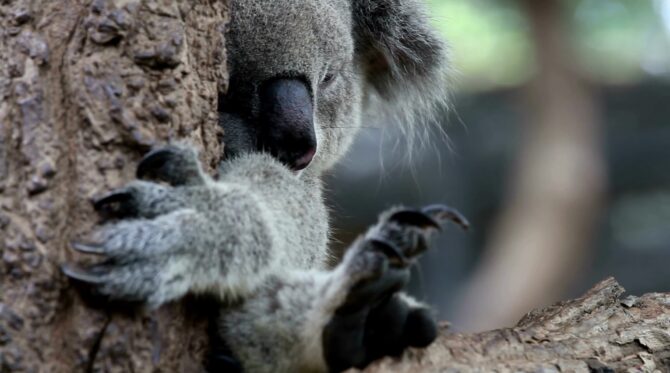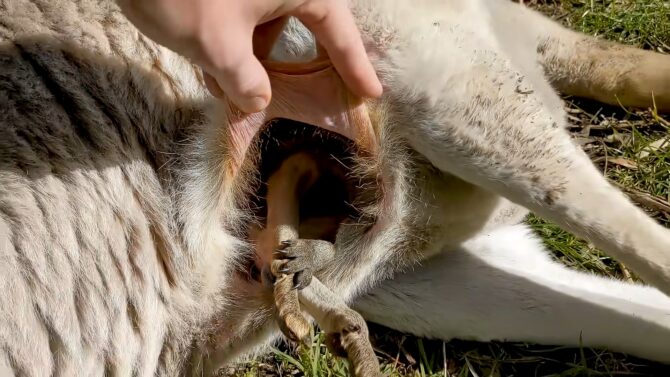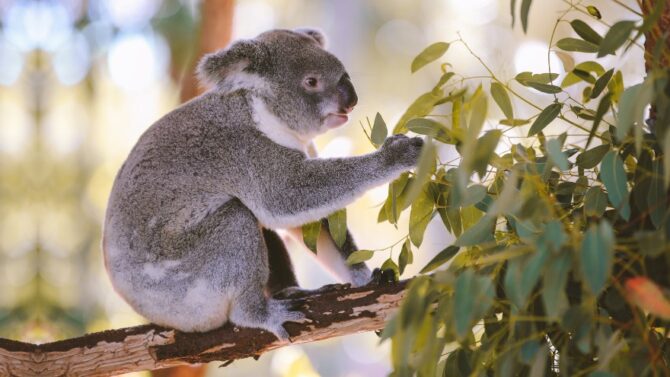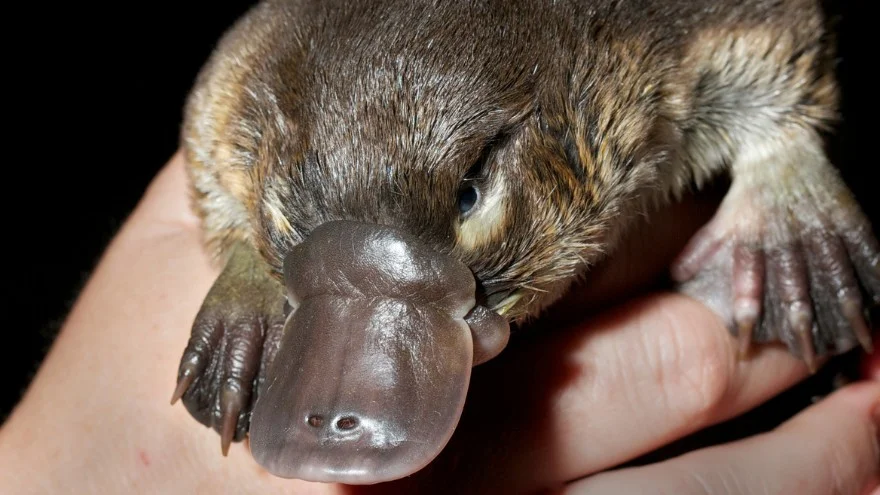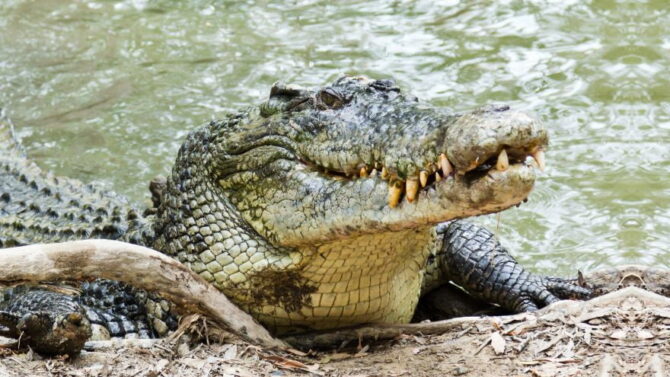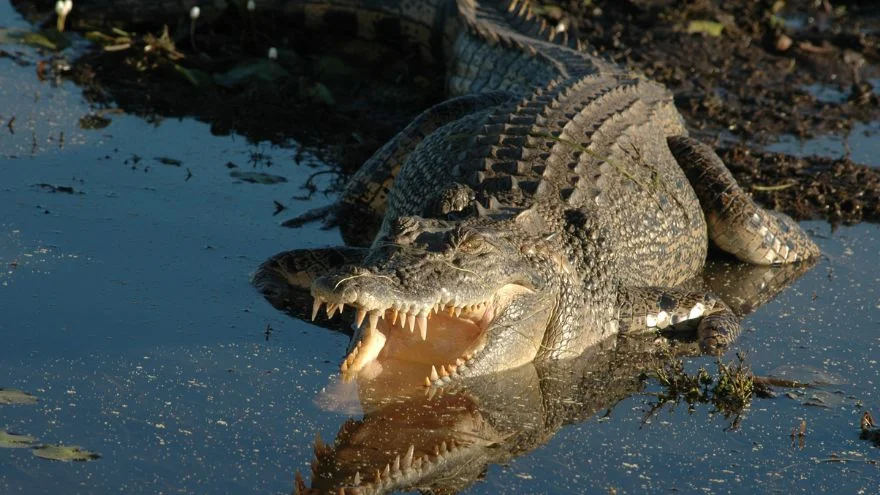Wildlife In Oceania – Discover Animals In Oceania
Oceania is a geographical region made up of Australia, New Zealand, New Guinea, Melanesia, Micronesia, Polynesia, and other Pacific Islands.
Because of its small size, most people tend to think of only Australia when the continent is mentioned. However, there is more to Oceania than the lucky country.
Oceania is made up of humans, plants, and abundant wildlife. Some of the animals are unusual, and others are downright dangerous and should be avoided.
The amazing wildlife in Oceania includes the kangaroo, wombat, koala, parrots, emu, etc.
Below is a list of the wildlife in Oceania. There are over 300 with more being discovered, so we’ll try to capture the essential ones.
Wildlife in Oceania: Types of Animals In Oceania
Oceania contains a lot of animals that may be hard to find elsewhere, which makes the wildlife unique.
Tourists who troop into the continent are often on the lookout for unusual creatures. Here are some of them:
Kangaroo
Scientific Name: Macropodidae
The kangaroo is from the Macropodidae family and is classified as a marsupial—one of the three groups of living mammals.
All marsupials carry their babies in a pouch, including the kangaroo. This is one of their core traits.
Kangaroos are natives of Australia and New Zealand. They can hardly be found anywhere else. These creatures are known for leaping, and they can hop up to a distance of 30 feet and a height of 10 feet.
They are herbivores, and like cows, they come with many stomachs and ruminate on their meal.
Koala

Scientific name: Phascolarctos cinereus
A koala is a favorite form of a teddy bear for kids because of its cute looks, but in reality, it isn’t a domestic animal.
These animals are part of wildlife, and they behave as such. They can be found only in the Oceanic regions, and though they are called koala bears they are marsupials.
The koala population has been affected by hunting and these animals are currently listed as vulnerable in the IUCN list.
They are currently surviving because of their resilience and ability to adapt to different circumstances. They are nocturnal and herbivores, feeding on eucalyptus leaves.
Wombat
Scientific name: Vombatidae
The wombat is also a marsupial mammal like the kangaroo and the koala. There are three species, all of which are part of the Vombatidae family.
They often inhabit forests, mountains, and heathlands in Australia.
They often dig burrows and tunnels to live underground. They come with a tough backside as protection from predators, and they are also known to adapt to their environment with ease.
Kiwi
Scientific name: Apteryx
The kiwi is a type of flightless bird that’s under the genus Apteryx. It is a ratite, a group of flightless birds that usually have long legs and necks.
The kiwi is the smallest of them all, and the only ratite with short legs. It is also nocturnal, something you don’t find with other ratites. Examples of ratites are ostriches, emus, and cassowaries.
The kiwi can be found only in New Zealand, and in size, it is compared to the chicken.
There are five species still in existence today, four are vulnerable and one is near threatened. The kiwi is an omnivore.
Cassowary
Scientific name: Casuarius
The cassowary is one of the ratites mentioned above, and just like the kiwi, it can’t fly. Its feathers are coarse and some even feel like hair, quite unlike many other birds.
The feathers made them a good target for hunting, but they are classified as “Least Concern” by the IUCN.
Cassowaries have strong talons almost like birds of prey, but they aren’t purely carnivores.
They are omnivores with a diet that consists of fruits and small animals.
Emu
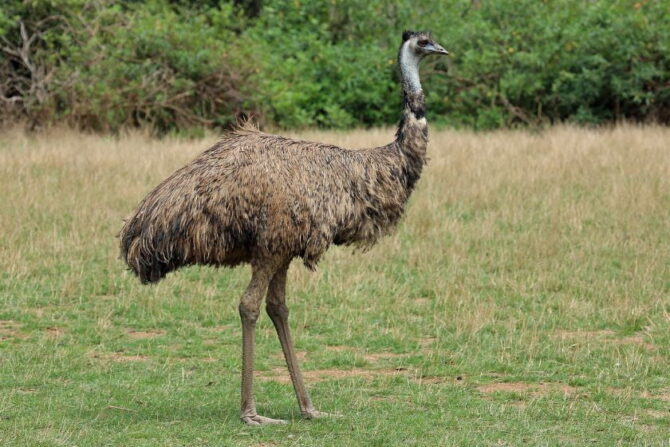
Scientific name: Dromaius novaehollandiae
The third ratite on our list is the emu, found mainly in Australia. It looks like an ostrich, having the same long neck and legs that characterize the fastest bird in the world.
While they can’t fly, emus use their legs to run (though not as fast as the ostrich).
They take very long strides too, giving them an advantage over predators. Emus use their legs to also kick at predators.
Something fascinating about emus is the plethora of sounds they have. They can bark, grunt, thump, and even drum.
Their name is gotten from a sound they make that goes like “E-moo”.
Sharks

Scientific name: Selachimorpha
Sharks are the strongest predators at sea, and some species are even known to attack humans.1
They make up a family of elasmobranch fish, and there are currently over 500 still in existence.
Some of the popular (and dangerous) ones are the tiger, great white, bull, and whale sharks.
These fish aren’t limited to Oceania as they have a wide range. You would find at least a species in all the oceans in the world.
They usually inhabit saltwater but some can be found in freshwater habitats. They are carnivores.
Snakes
Scientific name: Serpentes
Snakes are some of the most popular reptiles and fall under the suborder Serpentes. They are known for their string-like shape and the absence of limbs.
To move, they slither on their belly. There are over 3,000 reptiles and you can find them on every continent except Antarctica.
Some snakes are venomous and deadly, while others are safe and can even be kept as pets.
All of them are carnivores, feeding on animals like insects, frogs, eggs, fish, and other reptiles.
Crocodile
Scientific name: Crocodylidinae
Like snakes, crocodiles are reptiles. However, they don’t crawl on their bellies like the serpentines.
They have limbs and a tail which they use to move. Crocodiles all belong to the subfamily Crocodylidinae and the family Crocodylidae.
This creature is one of the most feared, both by other animals and humans. They show no fear towards humans and will attack even if not provoked.
They are apex predators, feeding on every animal in their environment.
Stonefish

Scientific name: Synanceia
The stonefish is a highly venomous fish that can be found in Australia.
It is considered the most venomous fish in the world, deadly to humans, and thus very dangerous. It belongs to the genus Synanceia.2
Symptoms of the venom include swelling, bleeding, intense pain, color changes, breathing difficulties, and death when left untreated.
Octopus
Scientific name: Octopus Vulgaris
The octopus is considered the most intelligent of all invertebrates, and a popular sea animal. It is so named because of its number of arms.
More than 300 species exist, found in oceans all over the world. Studies have discovered that these animals have short and long-term memories.
All species are venomous, and it is a problem if one wraps its tentacles around your leg. However, the only species that is known to be deadly to humans is the blue-ringed octopus.
Jellyfish
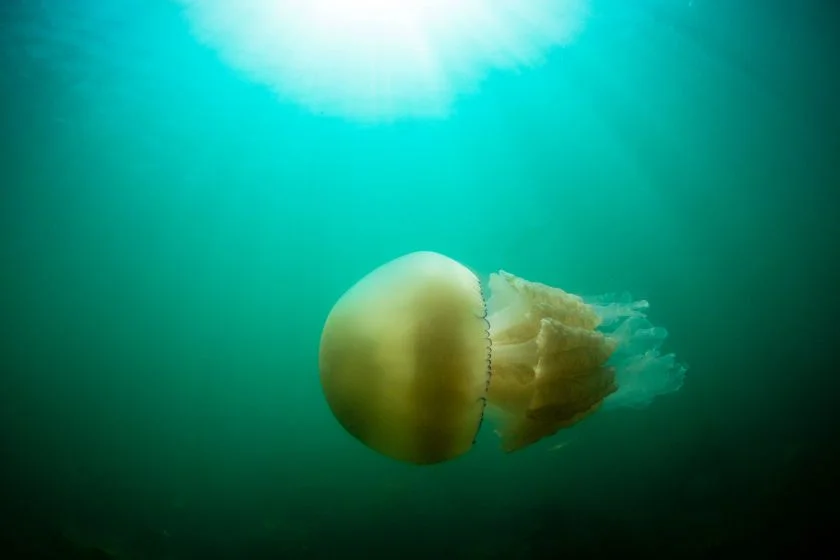
Scientific name: Cyaneidae
The jellyfish is often associated with stinging, which is its defense mechanism. It is not aggressive but should be avoided in any case.
They are recognized by their tentacles that trail behind and the “bells” shaped like umbrellas. The peculiar part about this fish is that it has no brains, eyes, or heart.
These creatures exist all over the globe and in every ocean on the planet, including our primary place of interest.
They have a broad diet, feeding on fish, plants, planktonic eggs, fish eggs, etc. Their sting causes pain, irritation, and outright illness.
Birds of Paradise
Scientific name: Paradisaeidae
Birds of paradise are members of the family Paradisaeidae, most of which are found in Indonesia, Papua New Guinea, and eastern Australia.
They are so named because of the elaborate plumage of the male gender.
Birds of paradise have various ways of breeding, with some being monogamous while the rest tilt towards polygamy.
They feed on fruits that they find in their tropical environment. Many species are troubled by hunting and habitat loss.
Parrot
Scientific name: Psittaciformes
The parrot is also known as psittacines, and it forms the Psittaciformes order. There are around 398 species of parrots still in existence today, all of which fall under 92 genera.
Parrots are admired by many because of their intelligence and ability to mimic human language. They are also witty and amusing.
Parrots can be kept as pets, but be wary of those you approach in the wild. While they can be affectionate and not always willing to attack, they will if they feel threatened.
Monotremes
Scientific name: Monotremata
This is a mammal type that falls under the order Monotremata. The major difference between these animals and other mammals is that monotremes lay eggs rather than give birth live.
They do produce milk, which they feed their young ones.
There are five extant species of the Monotremata: the platypus, short-beaked echidna, western long-beaked echidna, Sir David’s long-beaked echidna, and eastern long-beaked echidna.
Most Dangerous Animals in Oceania
With the abundant wildlife all around the country, it shouldn’t be a surprise that some dangerous animals are teeming around.
Some of them attack without any provocation, while others only do when they feel threatened. Either way, these are creatures you should avoid.
In the ocean, some dangerous fish are sharks, jellyfish, stonefish, Portuguese man o’ war, and the octopus.
Dangerous animals on land include venomous snakes like the brown and tiger snake, the crocodile, and sometimes the kangaroo.
As for birds, we have the cassowary which is regarded as the most dangerous on the continent.
Endangered Animals in Oceania
There are many animals in Oceania that have suffered from a reduced population due to human activities like hunting and habitat loss.
It doesn’t help that these creatures are endemic to Oceania. Consequently, they’ve been tagged endangered and in need of protection.
On the island of New Guinea, some exotic birds need protection.
You would also find tree kangaroos, pademelon, and the biggest butterfly that exists named the Queen Alexandra birdwing butterfly.3
Another region that houses endangered animals in Tasmania. The Tasmanian devils, wedge-tailed eagles, and many others inhabit this region.
The advantage of Tasmania is that it protects the animals within from predators like the dingo.
Sadly, some animals have gone extinct in the past years. They include the dwarf emu, the dodo bird, and the thylacine.
Oceanian National Animals
Due to how significant wildlife is for many regions in Oceania, some have gotten the title of national animal.
Here’s a list of the Oceanian national animals:
- Australia: Kangaroo, emu
- New Zealand: Kiwi
- Papua New Guinea: Dugong
- Indonesia: Komodo Dragon
Where to Find Animals in Oceania
One thing every new visitor to Oceania knows is that you don’t look for animals, they look for you. You’ll find animals everywhere.
In Australia, don’t be surprised to find a kangaroo in your backyard, birds perching on the roof, and reptiles in your room!
You can visit zoos and hiking trails to get yourself engulfed in the sight of different animals.
Creatures at the zoo may be too dangerous to find close to human residence, but you can safely observe them when they’re behind bars.
Wildlife parks are some other places you can go visit animals. Ensure you follow all rules given.
Conclusion
The Oceania continent is known to be rich in wildlife, and in each country, you’ll find different creatures that are sure to catch your fancy.
Some are harmless, while others pose some risks. In both cases, do well to keep a respectable distance, and do not feed unless you’re allowed to.
Latest Oceanian Wildlife Articles
References & Notes
- Five Most Dangerous Sharks to Humans. CBS News, 2010.
- Reef Stonefish. The Australian Museum.
- Exploring Lepidoptera: Queen Alexandra Birdwing Butterfly Vanderbilt Museum. Vanderbilt Museum.
